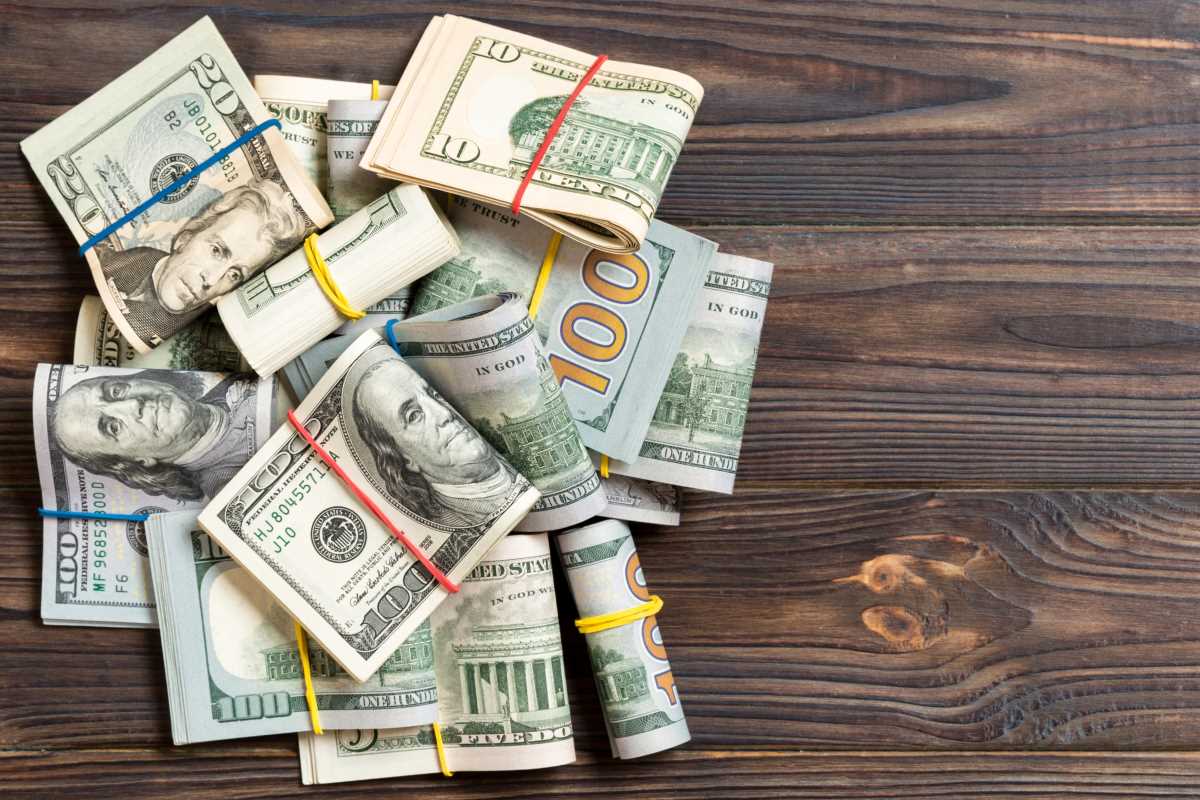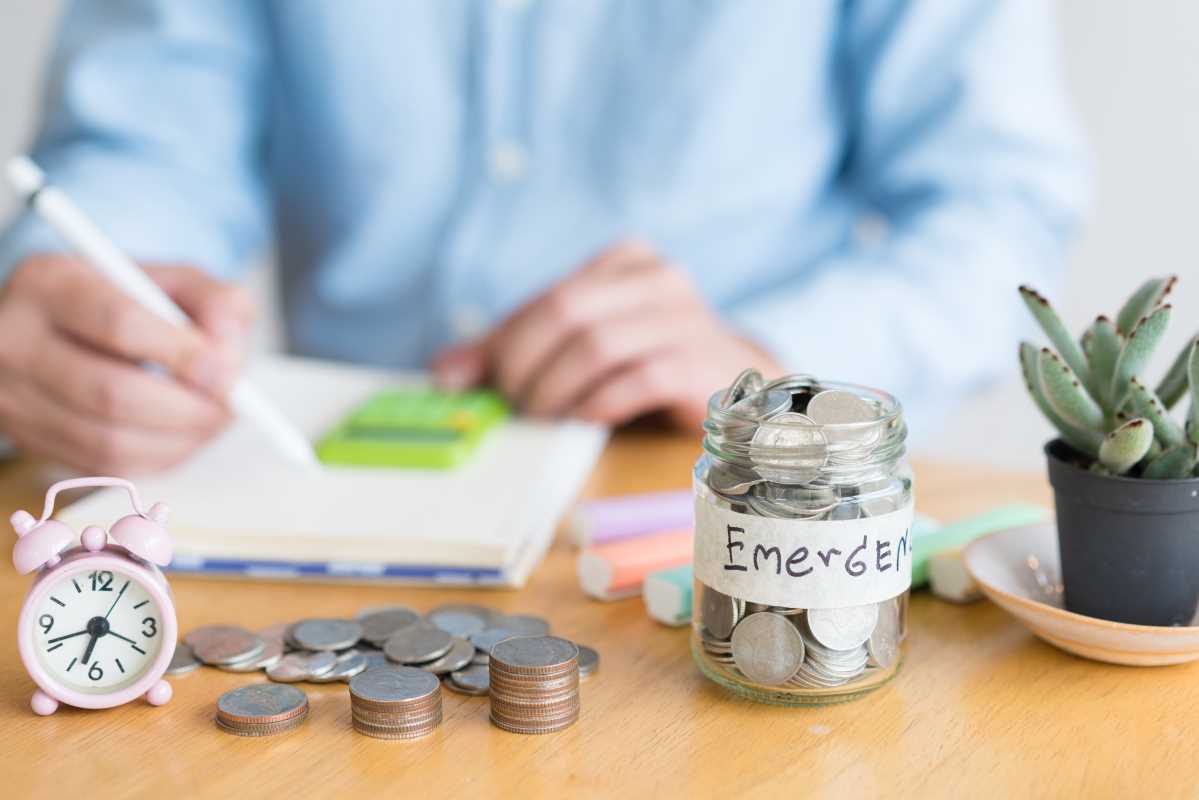Ah, the elusive emergency fund. It’s like a financial superhero in disguise—quietly sitting in the shadows, waiting for the day it’s called into action. Whether it’s a surprise dental bill, a sudden job loss, or your car deciding it’s done being reliable, an emergency fund is your first line of defense. But how much should you really have saved? Enough to cover a flat tire or enough to survive a zombie apocalypse? The truth lies somewhere in between. Let’s dive into the art (and science) of calculating your emergency fund, so you’re ready for life’s unpredictable curveballs.
Finding Your Magic Number
You’ve probably heard the classic advice: stash away three to six months’ worth of living expenses. While that’s a solid rule of thumb, it’s not exactly a one-size-fits-all solution. Your ideal emergency fund depends on factors like job stability, family size, and how much your life resembles a soap opera.
If your job is stable and predictable—think accountant or librarian—a three-month cushion might be enough. On the other hand, if you’re a freelancer, entrepreneur, or someone whose paycheck depends on people tipping generously, six months or more might be your sweet spot. And if you’ve got kids, pets, or a habit of saying “what could go wrong?” at inopportune moments, you’ll want to aim higher.
What Are You Really Saving For?
Let’s get specific about what your emergency fund needs to cover. It’s not about maintaining your current lifestyle if things go south—it’s about surviving the storm. Start by listing your essential expenses:
- Housing: Rent or mortgage payments aren’t negotiable, even in an emergency.
- Utilities: Keeping the lights on and the Wi-Fi running is non-negotiable (Netflix binging during a crisis is self-care, right?).
- Groceries: We’re talking beans and rice here, not truffle oil and filet mignon.
- Insurance Premiums: Health, auto, and home insurance payments still need to be made, even if times are tough.
- Transportation: Whether it’s gas or bus fare, you’ll need a way to get around.
Once you know your essential monthly expenses, multiply that by the number of months you want to cover. For instance, if your essentials cost $2,500 a month and you’re aiming for six months, your goal is $15,000. It’s not rocket science, but it does require a bit of math (and maybe a glass of wine afterward).
Building the Fund Without Losing Your Sanity
If you don't have a plan, saving for an emergency fund can feel like climbing Everest in flip-flops. The key is to start small and be consistent. Aim for an initial goal of $1,000—that’s enough to cover minor emergencies and keep you from relying on credit cards. Once you hit that milestone, work toward your ultimate target. This is how to make it happen without giving up coffee or joy:
- Automate Your Savings: Set up an automatic transfer to a separate account every payday. It’s like hiding money from yourself, but in a productive way.
- Redirect Windfalls: Tax refunds, bonuses, or birthday cash from Grandma can give your fund a nice boost.
- Trim the Excess: Identify non-essential expenses (looking at you, subscription box for artisanal cheese) and redirect those funds to your emergency savings.
Where to Keep Your Emergency Fund
Your emergency fund needs to be accessible but not too accessible. You don’t want to accidentally dip into it for a spontaneous weekend getaway. The best places to park your savings are:
- High-Yield Savings Accounts: These offer better interest rates than standard accounts, so your money grows a bit while sitting safely.
- Money Market Accounts: Similar to high-yield savings but sometimes with higher balance requirements.
Whatever you choose, steer clear of locking your emergency fund into investments like stocks or bonds. They might earn more, but the market could tank right when you need to withdraw. And trust me, no one wants to sell shares in a panic to pay for a broken water heater.
Adjusting as Life Happens
Your emergency fund isn’t a “set it and forget it” kind of thing. Life changes—sometimes faster than your favorite TV plot twist—and your savings should keep up. Got a raise? Great, but that also means your lifestyle probably costs more, so your emergency fund needs to grow. Got married or had a baby? Congrats, but diapers and daycare aren’t cheap, so add those to your essentials list.
Even inflation can take a bite out of your emergency fund’s power. What covered six months of expenses in 2020 might not stretch as far today. Check-in on your fund every year or so and adjust as needed. Think of it as giving your financial safety net a tune-up.







